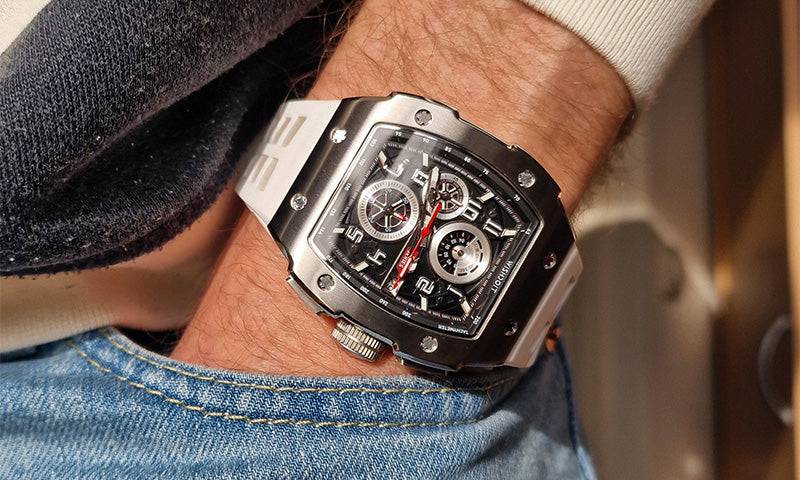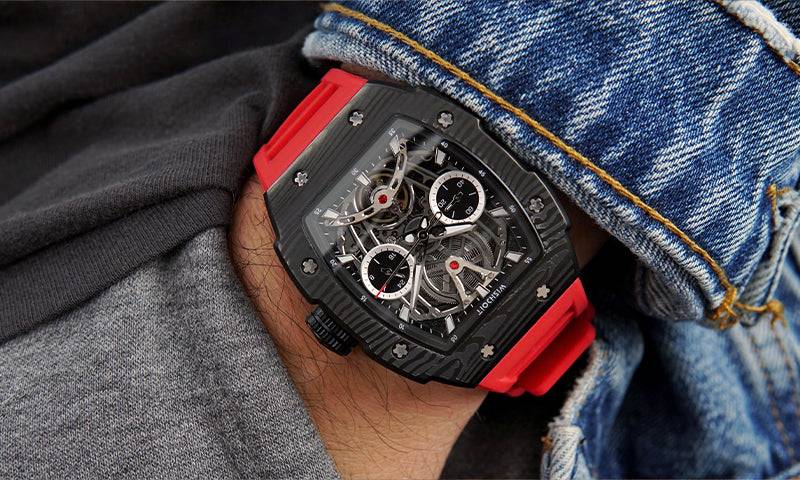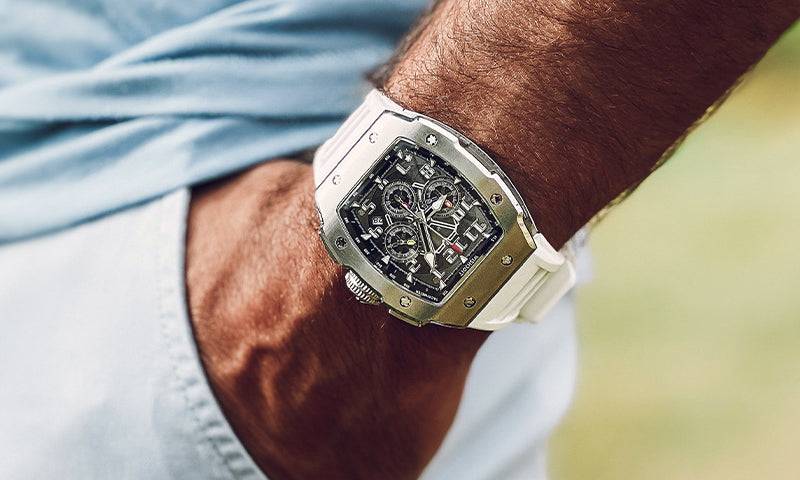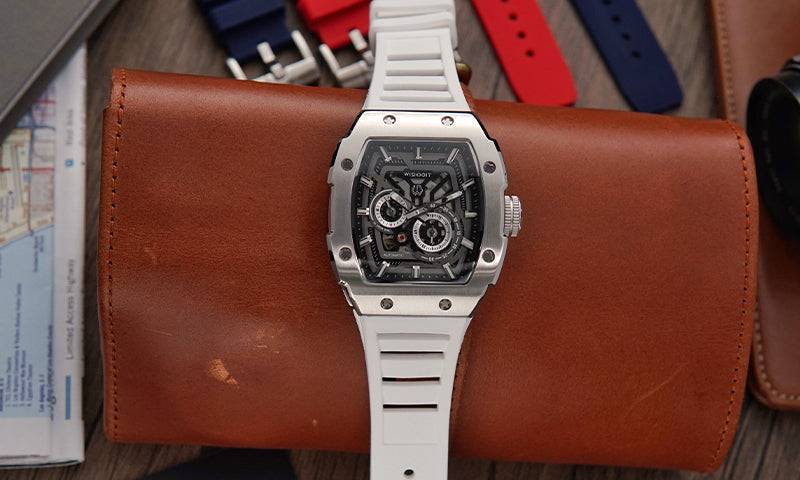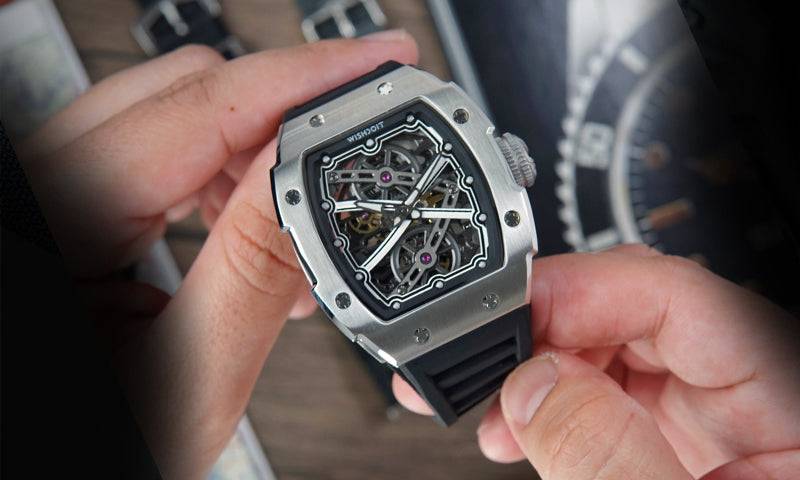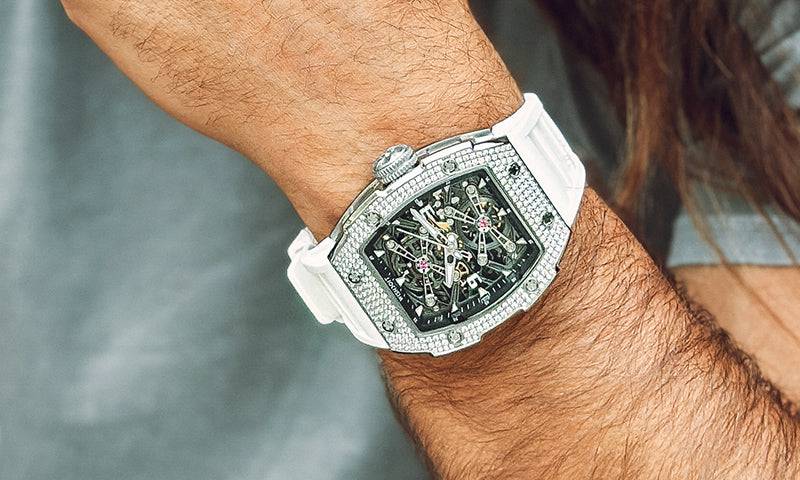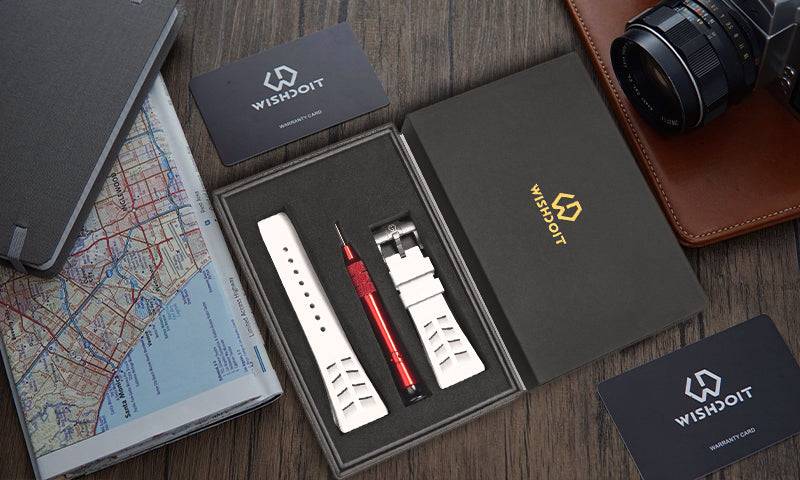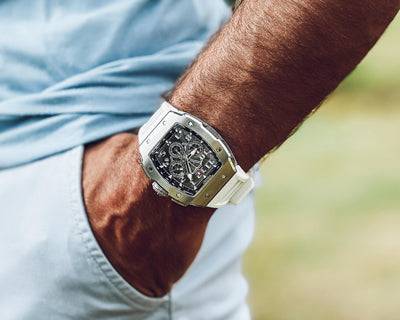The chronograph watch, a timepiece that doubles as a stopwatch, has long been a favorite for both watch enthusiasts and professionals alike. Whether used to time races, scientific experiments, or simply to enhance the look of a wrist, the chronograph is a versatile tool. While the chronograph complication itself is a marvel, its round case design has become the classic shape for this functional watch. But who invented the round chronograph watch, and why has it become so popular? Let’s dive into the fascinating history behind the iconic round chronograph.
The Origins of the Chronograph
To understand the invention of the round chronograph watch, we need to first explore the invention of the chronograph itself. The term "chronograph" comes from the Greek words “chronos” (time) and “graph” (to write). The earliest chronograph was invented in 1816 by French watchmaker Louis Moinet, who created it to track astronomical measurements. Moinet’s chronograph was designed to measure small increments of time, making it an essential tool for scientists and astronomers.
However, the chronograph we know today, complete with pushers and multiple dials, was popularized later. In 1821, Nicolas Mathieu Rieussec, the official watchmaker for King Louis XVIII, invented a more practical version of the chronograph to time horse races. His version featured a rotating disc that marked the time with ink, which is why it was called a "chronograph"—literally, "time writer."
The Shift to Round Cases
While the first chronographs were more functional than fashionable, the move to wristwatches in the early 20th century changed everything. The chronograph complication was eventually combined with the round wristwatch case, a design that was rapidly gaining popularity. Round cases were not only easier to manufacture but also better suited to house the intricate chronograph mechanisms.
The switch to round cases was both a practical and aesthetic decision. The circular shape allowed for a more efficient layout of the watch movement, which is key to the smooth operation of the chronograph's stopwatch function. Plus, round watches are naturally more comfortable to wear on the wrist and easier to read, with hands moving in a natural circular motion.
The Role of Breitling
No discussion of the round chronograph watch would be complete without mentioning Breitling, one of the pioneers of modern chronographs. In 1884, Léon Breitling founded Breitling, a company that became known for precision instruments. By 1915, Breitling had developed the first wrist-worn chronograph, marking a significant step in the evolution of this timepiece.
In 1934, Breitling introduced a crucial innovation: the addition of a second pusher to the chronograph, allowing for the start, stop, and reset functions to be separated. This design, housed in a round case, became the standard for chronograph watches and remains in use today. Breitling’s chronographs, including their iconic Navitimer, helped popularize the round chronograph watch, especially among pilots and racing enthusiasts.
The Influence of Omega and TAG Heuer
Omega also played a significant role in the development of the round chronograph. Their Speedmaster, famously worn by NASA astronauts during the Apollo missions, brought the round chronograph to the forefront of popular culture. The Speedmaster’s robust design and easy-to-read dial made it a favorite for anyone needing precision timing under extreme conditions.
Similarly, TAG Heuer advanced the chronograph with their focus on motor racing. Their Carrera and Monaco models helped bring the round chronograph to a new generation of users, blending functionality with modern design.
Why the Round Chronograph Watch Remains Popular
The round chronograph watch has endured because it perfectly balances form and function. The round shape is ideal for housing the complex mechanics of the chronograph, while also offering a classic, versatile design that appeals to a wide range of wearers. Whether you're timing laps on a racetrack or simply enjoying the craftsmanship, the round chronograph is a go-to choice.
Additionally, the round shape has an aesthetic harmony that makes the watch easy to read at a glance. The symmetry of a circular dial complements the rotation of the hands and subdials, creating a visually pleasing experience.
Conclusion: A Timeless Icon
While the exact individual responsible for combining the chronograph complication with a round case may not be known, it’s clear that watchmakers like Breitling, Omega, and TAG Heuer played instrumental roles in popularizing this design. The round chronograph watch is a blend of innovation, precision, and timeless style, making it a beloved timepiece for generations.
So the next time you admire a round chronograph watch on your wrist, remember that it’s not just a practical tool—it’s a piece of history, crafted by some of the greatest minds in watchmaking, and refined over decades to become the iconic watch it is today.
You’ll also like:




